 Rio Negro seen from the shores of Bariloche
Rio Negro seen from the shores of Bariloche
A great article by Doug Casey on the need to diversify and why he chose Argentina, not only for a diversification play, but also for a second-home destination. I’ve bolded/italicized areas that I think are especially interesting. As always, let us at AG DTours know if you’d like to learn more about gaining first-hand experience and knowledge about South American agriculture, especially in Argentina where we also have a family farm, before you invest.
A Huge Change, A Renaissance And Likely A Boom – Doug Casey
Some years ago I came to the conclusion that it would be wise to have a permanent footprint outside the US It was a wise decision from many points of view. Living in more than one country allows you to vastly broaden your range of experiences, connections, and possibilities.
Frankly, living in just one country is not just limiting. It’s potentially dangerous. The question is, which of the world’s countries is “best”?
There are a lot of possible answers to that question, and they change over time. When my grandparents left the Old World, there was no question that the US was the best choice. I’m extremely happy they chose to move there and not act like potted plants, rooted to the soil where they were born.
But things change. For decades, America has been changing…in the wrong direction. There’s too much fear. Too much force. Too many taxes. Too much regulation. Too much debt. It’s become as homogenized as an endless field of genetically engineered Monsanto corn, and is becoming just as unpalatable. The system itself has become unstable. I’ve been to over 145 countries, many of them numerous times, and lived in ten of them. I see the world as my oyster. All that travel has given me the opportunity to make some interesting comparisons.
That’s led me to Argentina. I came here for the lifestyle. But now I expect to make a bundle. Here’s why.
Why It Was Good in the Past
I’ve spent about half of each year in Argentina since about 2006. I admit that a major draw for me was polo; I was an avid player for over 20 years. That sport reflects the culture of the country. The whole place could easily be featured in a Ralph Lauren ad.
I love the sophistication of Buenos Aires (it’s a lot like Paris, but at a fraction of the price). But I like the wide-open spaces even more. Argentina is the eighth-largest country in the world but with only 40 million people, and most of them are in and around BA. That means most of the country is empty. The huge expanses of land mean there have never been movements for “agrarian reform” which have plagued the rest of the continent. Title to property is actually more secure than in the US, with none of the eminent domain, frivolous lawsuits, and confiscations that now plague the US
The Argentines like to make jokes about their origins, and they’re funny because they’re true. One goes, “The Mexicans came from the Aztecs, the Guatemalans from the Mayans, the Peruvians from the Incans, and the Brazilians from the jungles. We came from the boats.” Of course that’s true. Argentina is, by far, the most European country in Latin America, both ethnically and psychologically. It’s an outward-looking country; all of the others are insular and inward-looking. The other Latin countries tend to resent the Argentines, who are perceived as elitists.
Another popular joke is, “What is an Argentine? He’s an Italian, who speaks Spanish, lives in a French house, and thinks he’s British.” That’s true too, although it doesn’t give enough credit to all the Irish, German, and Jewish immigrants. In other words, Argentines are more like Americans or Canadians than, say, Ecuadorians or Venezuelans.
At many dinners and parties English, Spanish, French, German, and Italian are spoken interchangeably by everyone at the table. That doesn’t happen in too many places in the world. The place is more like Europe than Europe itself, but lacks the destructive EU and millions of highly problematical migrants.
Why You Should Be There Now
So I came to Argentina for the lifestyle. But value made it a great place to combine business with pleasure. And I’m not just talking about the low cost of living and high standard of living. For years, my friends thought I’d gone off the deep end, putting millions of dollars into the “country where money goes to die.” But they forgot that the time to buy is when you’re afraid to, when things look grim.
Everybody understands – intellectually – that you should “buy cheap and sell dear,” but they act according to their emotions. They talk the talk, but they don’t walk the walk. The same people who have been afraid of Argentina, because they hear terrible things about its government’s finances, are currently unafraid to buy a $700,000 500-square-foot “crap shack” in LA’s Compton ghetto.
Over the years I’ve become accustomed to being paid to live in places that I like: Aspen, Marbella, Hong Kong, Palm Beach, Vancouver, and Auckland, among others. They were all great values when I wrote about them. All of those cities have done vastly better than the average, even while the average has done very well. But the great post-WWII real estate boom is at its peak and coming to an end for many reasons. Now there are only pockets of value – anomalies – left in the world, where appreciation of property will, in effect, pay you to live there. Argentina is one of the very few places where it’s great to live, and you’re going to be paid for just being there.
The opportunity has been created by the chronic mismanagement of the Peronist Argentine state. There are many bad things about a disastrously managed economy, currency, and banking system…for locals. But, from a foreigner’s point of view, they’re a blessing in disguise. For one thing, a total lack of mortgage money means that the prices of property are real, not inflated by borrowed money. What that means is, in Argentina, prices for equivalent houses and land are 10-20% of those in North America. That’s about to change; one’s going up, and the other is headed down.
I’ve said for years that the country would boom if it only had a government that was simply not insane. That’s not asking much. But in the sixty years since Peron first took control it hasn’t had one. Until now.
I admit to being not only delighted but surprised by the election of Mauricio Macri last month. It seemed people had been so corrupted by 60 years of Peronism that it could only get worse, at least until a real crisis pushed the reset button. But not only has the terminally corrupt and mentally unbalanced Cristina been deposed, but polls now show that the new Macri government has 70% popular support. It could amount to a sea change in populist thinking.
When I first came here in 1980, I felt like I was stepping back into the 50s. I rather liked the way the culture was in a time warp; in many ways, the 50’s were a mellow era. But the 50s-era technology was annoying; it’s now as good as that in the US Politically, however, the Argentines were about twenty years ahead of the US in doing stupid things. Now, they may still be about twenty years ahead of us politically, but they’ve finally stopped being stupid. The US, however, seems to be imitating Argentina, with a time delay. That may mean the US still has to go through the meat grinder. While Argentina, isolated and largely insulated from the rest of the world’s problems, could do well as the Greater Depression deepens.
It’s a big deal that Macri has huge popular support. That’s despite (or more likely because) not just thousands, but scores of thousands, of “gnocchis” are being fired by the new government. Right now. Fans of Italian food (which includes most Argentines) will recall that a gnocchi is a fat little piece of dough that just sits on your plate looking inert. It’s a term Argentines use to describe most government employees. But now the gnocchis are being released into the real world. They’ll necessarily go from being a drain on the economy to finding actual work. There will be lots of whining and protests, of course, but reality will win out. Everybody, even those that had one, resented the make-work jobs, the featherbedding, and the blatant theft.
As an example, take Aerolineas Argentinas, the national airline. At a time when almost every other airline in the world is coining money, Aerolineas is losing over a billion dollars a year. The airline was essentially used as a slush fund to employ thousands of gnocchis from La Campora, the totally corrupt Kirchnerite youth group. That’s going to end.
As you know, I approve of Argentina’s famous $100 billion debt default. That’s not because I approve of stiffing creditors; to the contrary. But those who were stupid enough to lend money to a profligate fascist government deserve to be punished. And, even after things are settled with holdout creditors, the market will be loath to lend to the new government. Excellent; they’ll be forced to live within their means. Most of the money was either stolen or frittered away, anyway; at best, it was misallocated. The default keeps the next generation of Argentines from becoming indentured servants to pay it off.
It’s too early to tell, but this election has the potential to be as radical a change as the rise of Deng was in China, overthrowing decades of Maoist stagnation. It seems unstoppable. During the Kirchner years, agricultural production collapsed because of “retenciónes”. This was a tax, ranging from 10-40%, depending on the product and its current price, payable to the state before grains, meat, or what-have-you was allowed to be loaded on a ship. Then farmers paid income tax on any leftover profit. Now that the retenciónes are gone, exports could easily double. Billions of dollars will flow into the country. Under the new regime, foreign companies will develop Argentina’s massive shale oil reserves as well; they should become a major oil exporter.
Even more important, Argentines (the smart ones) are said to have over $200 billion abroad. Now that the climate has changed and assets are very cheap, they’re going to bring a lot of that home. That will be compounded by scores of billions more in new foreign investment. And more production in every area as the economy is liberalized because, right now, everything that isn’t price-controlled is subsidized. The past government wound up making almost everything uneconomic as a result. Three years ago, for instance, the country was actually importing milk. That’s about as nonsensical as Arabia importing sand.
Will investors have to worry about Argentina’s chronic currency inflation, now at about 25%? The new government is quite conscious that this makes them look like a banana republic. They also know that it makes it impossible for the lower and middle classes to save. Every indication is that they’re going to stop printing money. This will add to the new prosperity in many ways. For one thing, it’s going to allow corporations to plan and act rationally. Despite the fact I’m bearish on most world stock markets, Argentina’s is a buy.
Will the trend hold? Again, I’m fairly optimistic. It’s not just that the strength of the coming boom is likely to get a lot of people to put two and two together at last. But Argentina has always had – by far, there isn’t even a remote competitor – the strongest classical liberal/libertarian tradition in Latin America. And, after the US, one of the strongest in the world. It’s been quashed since Peron, but it’s making a comeback. The free market reforms that Pinochet made in Chile transformed that country from a backward socialist-oriented mining province into the best economy on the continent. But the Chileans have been backsliding because they never had the right philosophical underpinning. The Argentines do, and they’re going to rediscover it.
One last thing. Many of you may be (or certainly should be) thinking about getting a second citizenship and passport. The Argentine passport is quite useful, with visa-free travel to 129 countries (for comparison, the US is 147, Chile is 124, and St. Kitts is 113). Citizenship is available after only a two-year residence requirement. Most countries require five years, unless it’s an economic citizenship.
What to Do?
I suggest you take advantage of the cold weather in the Northern Hemisphere to come down here and take a look [AG DTours can provide this service for you]. For the lifestyle and the diversification, of course, but since prices haven’t really started to move yet, for the financial opportunity. Spend some time in BA. Consider going to Patagonia, and seeing San Martín de los Andes. Mendoza is worth a visit. And definitely come to Cafayate, in Salta Province. I’ll be there at our Harvest Event (more on that below), and will be happy to share a glass of wine with you. And a cigar, if you’re also an aficionado.
If you’ve been looking for a chance to play a big trend and buy at the bottom, this is it. Don’t let the boat sail without you.
Source: A Huge Change, A Renaissance And Likely A Boom | Gold Eagle






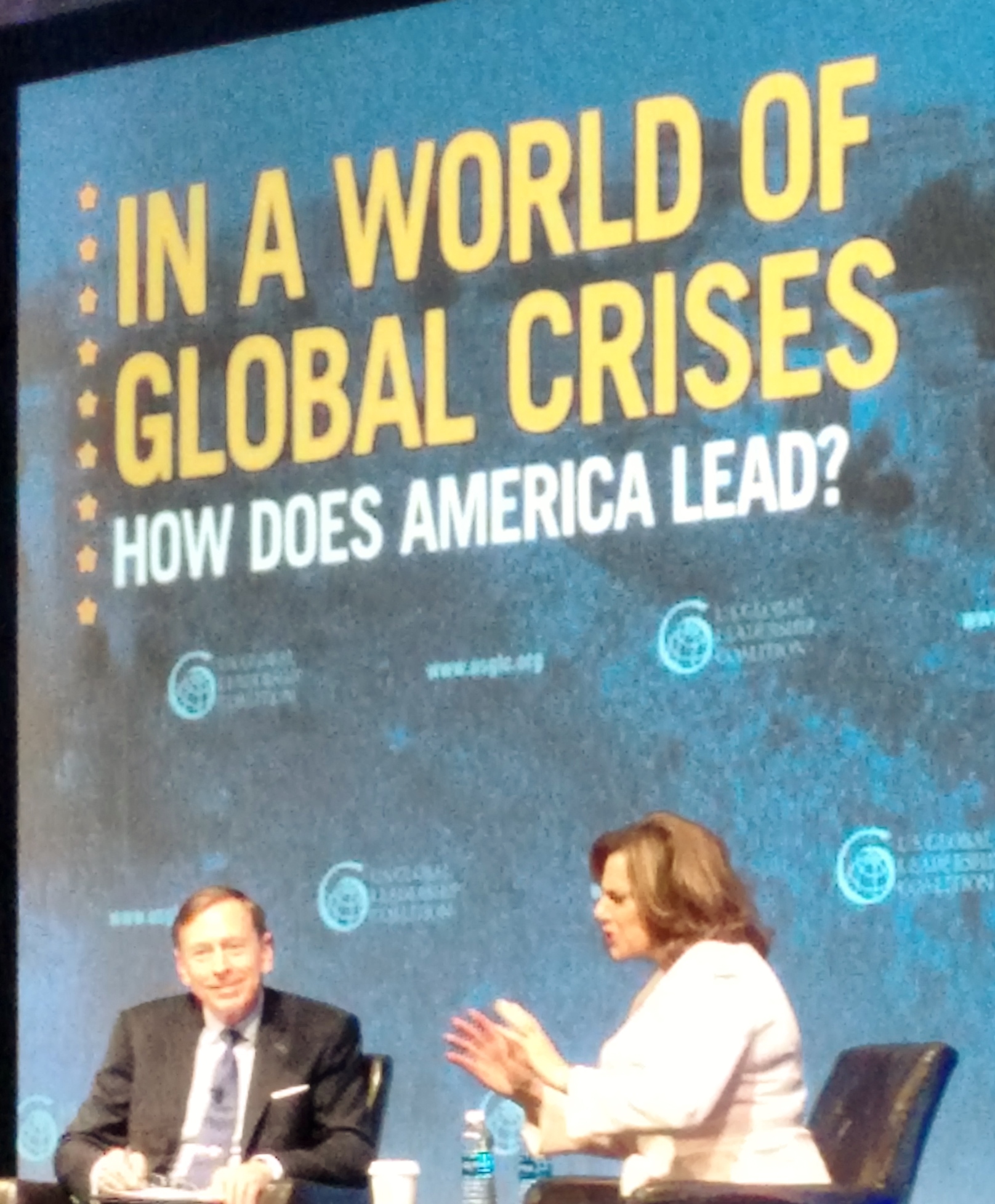
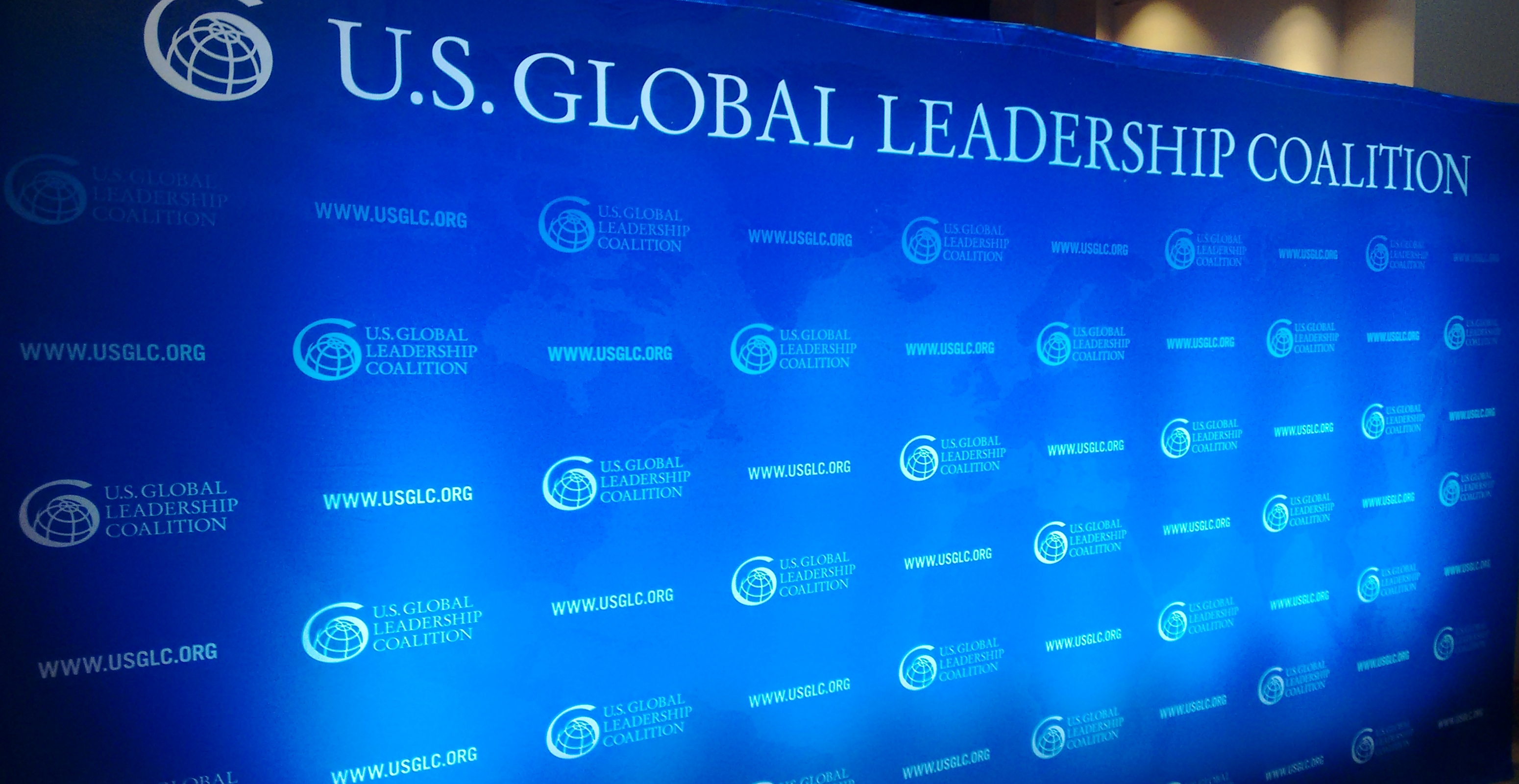
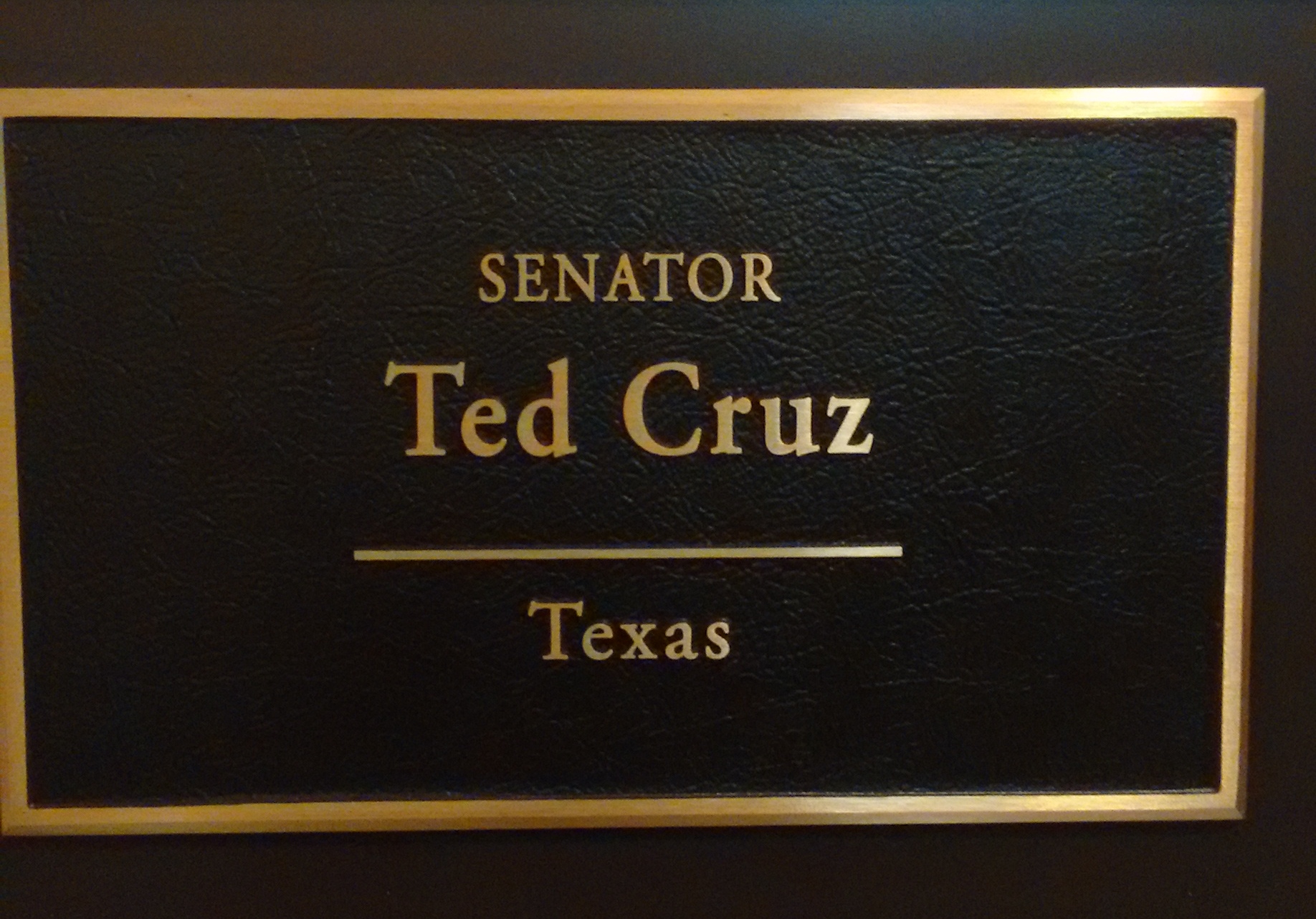

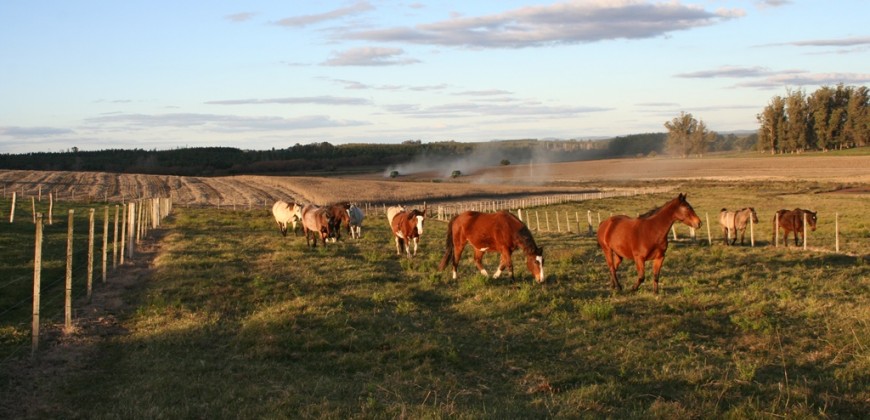
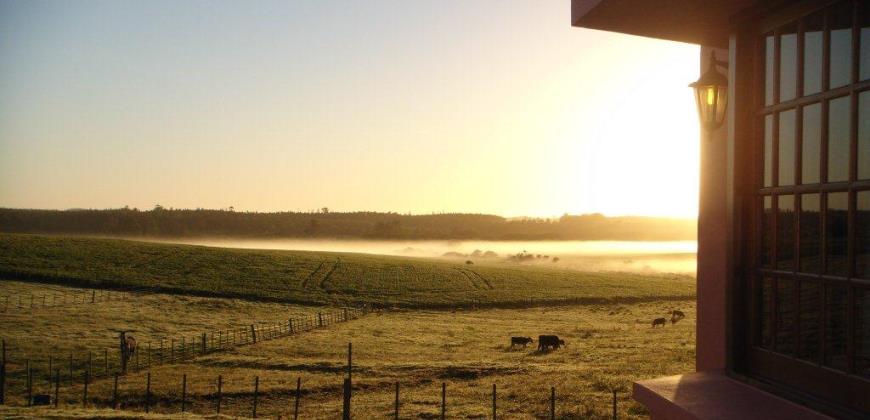
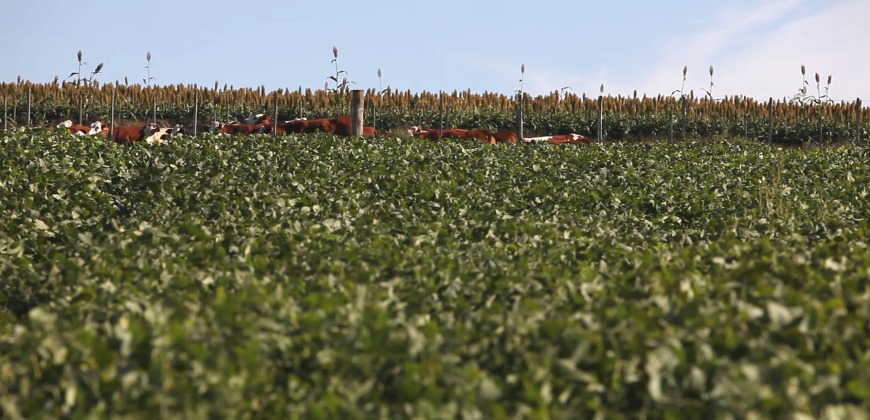
 Rio Negro seen from the shores of Bariloche
Rio Negro seen from the shores of Bariloche